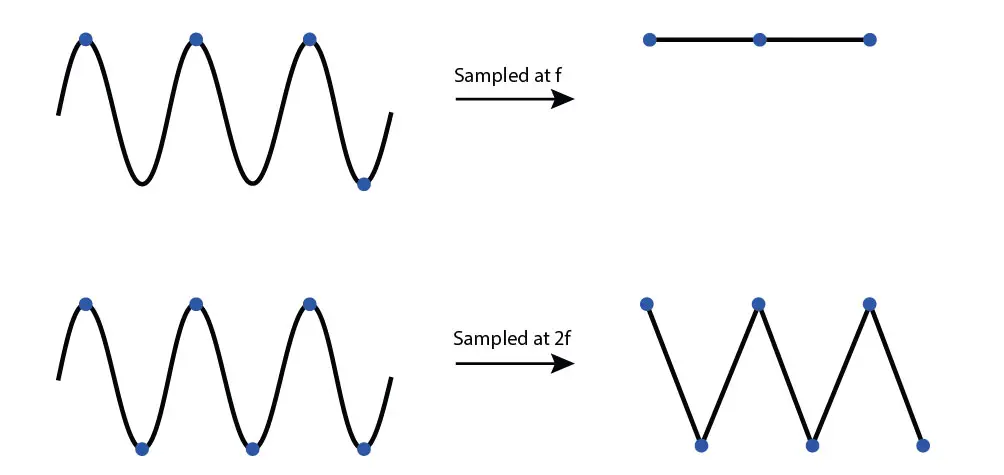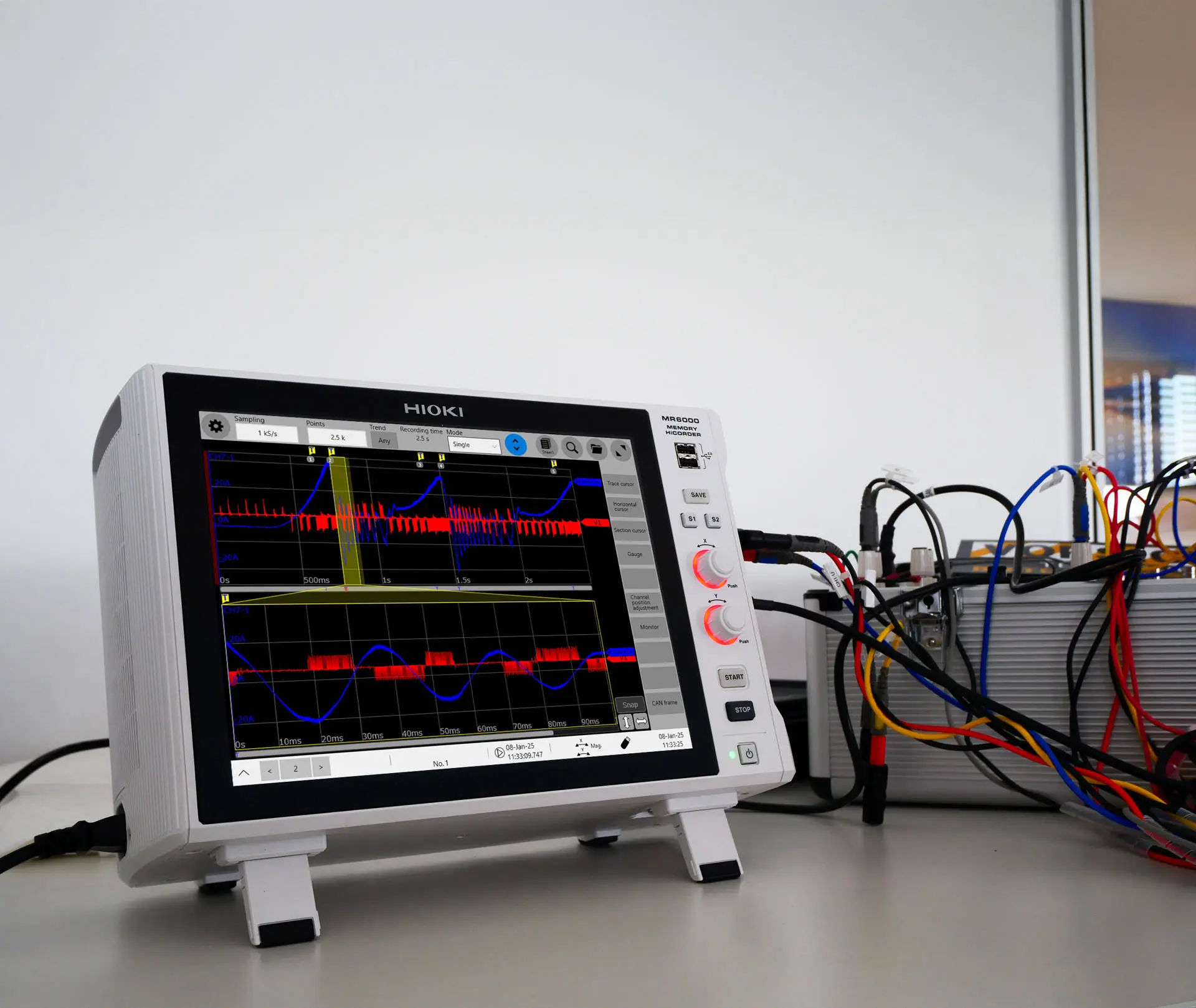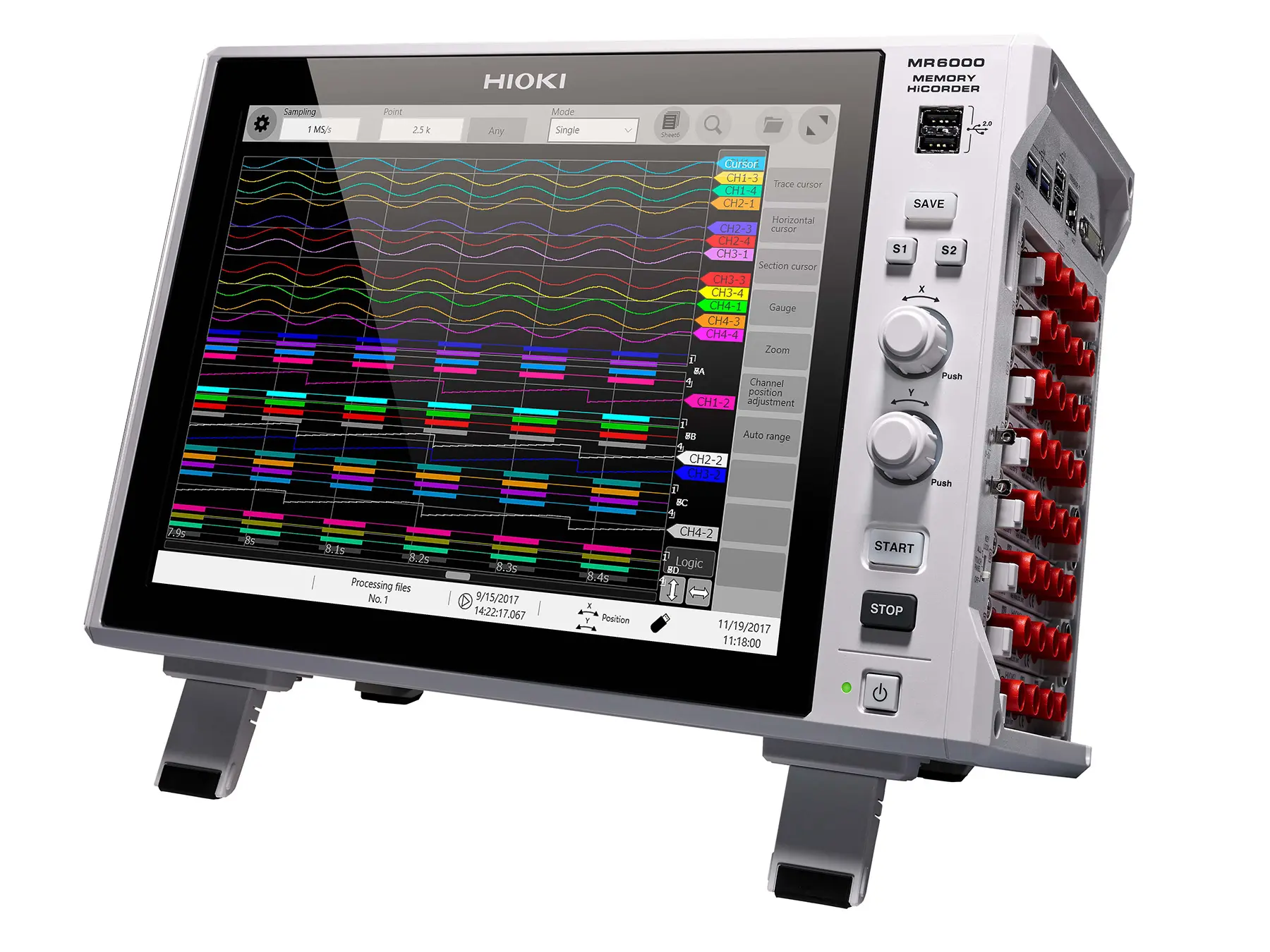Never Miss a Beat: Choosing the Right Sampling Rate for Data Acquisition
In this article, we’ll explore why the sampling rate is fundamental for data acquisition, discuss when to choose fast or slow sampling, and delve into advanced methods like the envelope function and dual sampling that combine the best of both worlds: fast sampling speed and efficient long-term data recording. By the end, you'll be equipped to make well-informed decisions for your data acquisition needs.
What is Sampling Rate?
The sampling rate refers to the number of samples taken per second to digitize an analog signal. It determines the resolution and accuracy of the captured signal. A higher sampling rate provides more detail but requires more storage and processing power. Conversely, a lower sampling rate saves resources but poses the risk of missing critical information.
The Nyquist Theorem: A Fundamental Guideline
To accurately reconstruct a signal, the sampling rate must be at least twice the highest frequency present in the signal. This principle, known as the Nyquist Theorem, ensures that the signal is captured without loss of detail. Falling short of this threshold, known as undersampling, can result in aliasing—a phenomenon where high-frequency components are misrepresented as lower frequencies, leading to distorted and unreliable data.
The choice of the sampling rate greatly depends on the application. In high-speed processes high sampling rates are essential for capturing rapid changes and transient phenomena, such as sudden spikes in electrical signals. On the other hand, in applications where long-term monitoring is required, slower sampling rates are the better choice as these enable recording of gradual variations over extended periods, such as tracking temperature changes over several days or months. Selecting the right sampling rate ensures your data acquisition system meets the specific demands of your application, balancing precision with efficiency.

Fig. 1: Nyquist theorem – original signal vs. sampled signal
Fast vs. slow sampling: weighing the pros and cons
Fast sampling has distinct advantages, particularly for applications that require capturing rapid signal changes. It is invaluable for detecting anomalies or transients and provides detailed insights into high-frequency components. However, the trade-off is the generation of large data volumes, which demand significant storage space and processing capacity. Additionally, for signals that change slowly, fast sampling can be excessive and result in inefficient use of resources.
On the other hand, slow sampling is an efficient choice for applications focused on long-term monitoring where high-frequency details are less critical. It conserves storage and processing resources, making it ideal for recording gradual trends over extended periods. The downside here is that slow sampling may not capture fast transients or sudden changes, potentially leading to incomplete or inaccurate analysis in scenarios where these events are significant.
Selecting the appropriate sampling rate involves balancing these pros and cons, aligning the system's performance with the specific requirements of your application.
Bridging the gap with envelope and dual sampling
HIOKI’s envelope function, available for almost all HIOKI Memory Recorders, offers an effective solution for balancing high-speed sampling with efficient storage. This approach allows users to capture critical details without overwhelming resources. In envelope mode, the device samples data at high speed but records only the peak values—both minimum and maximum—at a slower, user-defined rate. This method ensures that transients and critical changes are preserved while conserving storage space. Additionally, it reduces the total data volume, simplifying analysis and saving valuable time. With envelope sampling, long-term monitoring becomes feasible without losing essential information.
Alongside the envelope function, the MR6000 Memory Recorder offers the so-called dual sampling - an advanced sampling function that is ideal for applications requiring both high-speed detail and long-term trend data. Dual sampling works by recording data at two speeds simultaneously: high-speed sampling captures transient events in fine detail, while low-speed sampling continuously tracks broader trends. Using user-defined triggers, the device selectively focuses high-speed sampling on specific periods of interest, ensuring efficient storage utilization while maintaining comprehensive data capture. This function combines detailed event analysis with uninterrupted monitoring, enabling users to retain all critical information. It also allows for complete customization, with adjustable sampling rates, trigger conditions, and storage settings to meet the demands of various applications.
Fig. 2: MR6000 dual sampling function
By employing the envelope function and dual sampling, HIOKI offers two advanced tools to ensure that data acquisition systems are both efficient and comprehensive, seamlessly adapting to the unique requirements of any application.
Key take-aways on how to select the right sampling rate:
- Use fast sampling for transient detection
- Use slow sampling for resource-efficient long-term monitoring
- Consider the Nyquist Theorem to avoid aliasing
- Consider other more efficient sampling methods, as for example the envelope function or dual sampling to gain more flexibility
Conclusion
The sampling rate is more than just a setting; it’s a critical parameter that shapes the quality and usability of your data. By understanding the trade-offs between fast and slow sampling, and leveraging advanced techniques like envelope and dual sampling, you can ensure your measurements are precise, efficient, and aligned with your application needs.
Whether you're analyzing transients in EV components or monitoring long-term trends in industrial systems, HIOKI’s innovative solutions help you capture the data that matters. With the right approach, you can achieve new levels of efficiency and insight in your data acquisition efforts.
For more information on optimizing your data acquisition system, discover our solutions on our website and follow us on social media.






